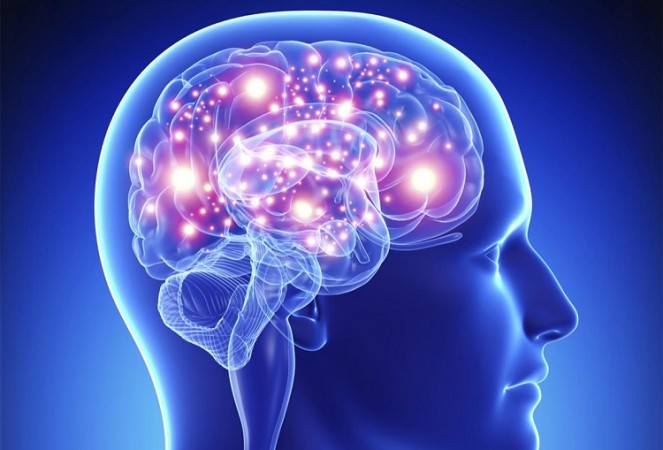
SYDNEY: The shape of brain is crucial in how we think, feel and behave, finds a new study that may pave the way for new dementia and stroke treatments.
Researchers have believed for more than a century that the patterns of brain activity that characterise our experiences, hopes, and dreams are dictated by how various brain regions communicate with one another through an intricate web of trillions of cellular connections.
More than 10,000 different maps of human brain activity have been evaluated by researchers at Australia's Monash University, and they have discovered that the general shape of a person's brain has a much greater impact on their thoughts, feelings, and behaviour than the nuanced neuronal connectivity does.
In order to challenge the century-old paradigm that emphasises the significance of complex brain connectivity, the study, which was published in the journal Nature, combines approaches from physics, neuroscience, and psychology. It instead uncovers a previously underappreciated connection between brain shape and activity.
The findings are important since they significantly streamlined how we can investigate how the brain develops, functions, and ages, said lead author Dr James Pang, from the varsity's Turner Institute. The research "opens opportunities to understand the effects of diseases like dementia and stroke by considering models of brain shape, which are far more manageable than models of the full array of connections in the brain," he said.
The team studied eigenmodes, which are the regular patterns of vibration or excitation in a system, when various components of the system are all excited at the same frequency, using magnetic resonance imaging (MRI).
Eigenmodes have just lately been modified to research the brain; they are often employed to examine physical systems in fields like physics and engineering. The study focused on developing the best way to efficiently construct the eigenmodes of the brain. The team investigated how well eigenmodes derived from models of the connectivity of the brain and those derived from models of the structure of the brain could account for various patterns of activity.
"These findings raise the possibility of predicting the function of the brain directly from its shape, opening new avenues for exploring how the brain contributes to individual differences in behaviour and risk for psychiatric and neurological diseases." said Professor Alex Fornito from Monash's School of Psychological Sciences.
High Fiber Fruits You Must Eat to Maintain Optimal Health
Lifestyle:10 Habits You Can Change to Maintain Youthful Look
Summer Hair Care: Essential Habits for Healthy and Radiant Locks